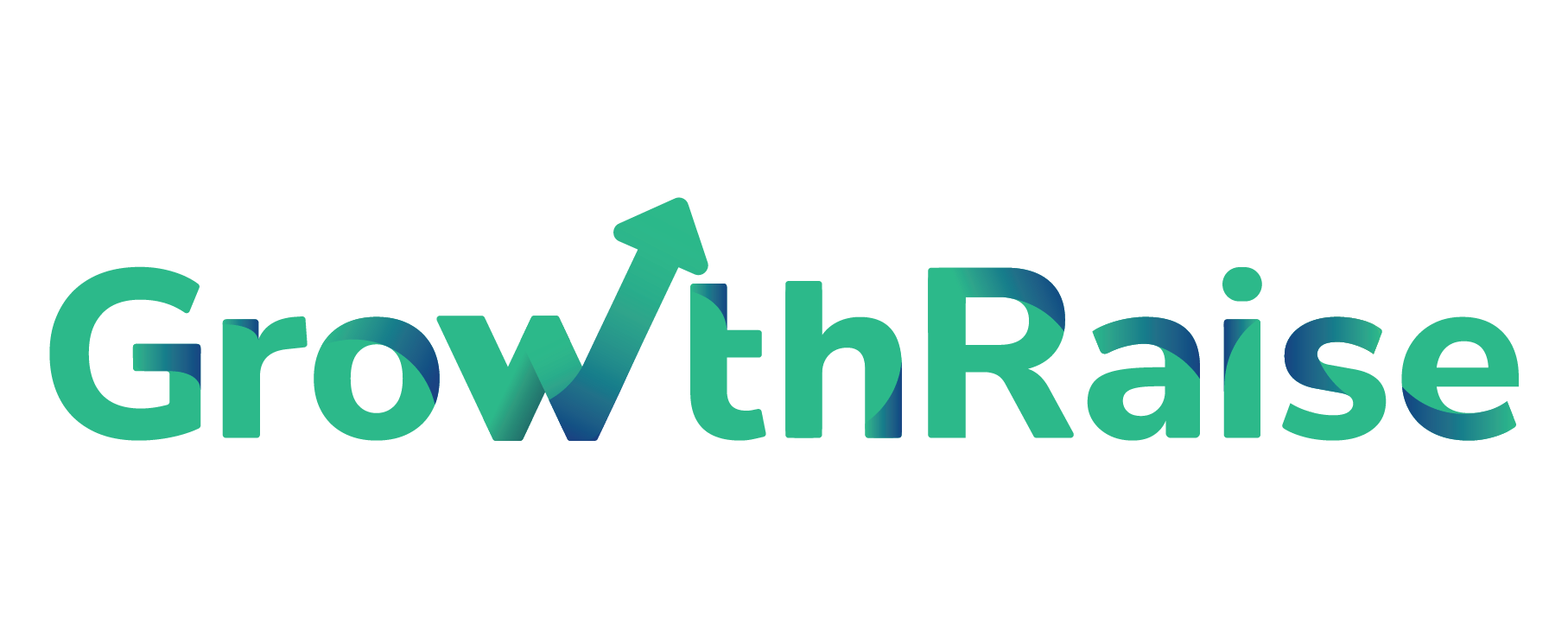Inbound Marketing Lead
Generation Explained
Thriving in today’s over-competitive business environment is not a child’s play. This holds especially true for small and medium-sized businesses with limited marketing knowledge and resources.
Lead generation is one of the most important marketing functions for modern businesses, especially those with digital products and services. With limited resources, you’ve got to be strategic in how you approach it to facilitate effectiveness.
Effective lead generation comes down to your ability to consistently attract and engage potential customers who are genuinely interested in what you offer.
In today’s competitive market, effective lead generation isn’t just about quantity but quality. The growing saturation observed in most industries requires attracting highly-targeted leads that are more likely to convert into loyal customers, helping your small business grow sustainably.
Inbound marketing lead generation allows you to do that in a sustainable and cost-efficient way. Stick to the end to learn what inbound lead generation is, the benefits of leveraging it, how to build an effective lead generation strategy, and more.
But before that…

What Is an Inbound Lead
To make the most of inbound lead generation, you need to have at least a basic understanding of what inbound marketing leads are.
An inbound lead is a potential customer who has shown interest in your business by engaging with your content or reaching out to you, typically as a result of your inbound marketing efforts.
Unlike outbound leads, which are generated directly through cold calls or unsolicited emails, inbound leads come to you naturally. They might find your business through a search engine, social media, or a referral, and they engage with your website, download a resource, or sign up for a newsletter or a free trial if you’re in the SaaS space.
This interaction signals their interest, making them more likely to convert into paying customers as they’ve already initiated contact based on their needs or interests.
After you capture their initial interest, the journey continues through qualification with the goal of converting leads into paying customers.
Marketing Qualified Leads
Marketing qualified leads (MQLs) are potential customers who have interacted with your content in a way that suggests they are more likely to become paying customers.
These leads go beyond just showing initial interest. They’ve taken specific actions that indicate a deeper engagement with your business. For example, an MQL might have downloaded multiple resources, subscribed to your newsletter, attended a webinar, and repeatedly visited your website.
This level of interaction shows that they’re not just casually browsing but are seriously considering your products or services. Inbound marketing qualified leads are valuable because they are further along in the buyer’s journey, making them more receptive to targeted follow-up efforts.
This makes them prime candidates for more personalized and direct sales outreach, as they’ve already demonstrated a strong connection to your offerings. This leads us to the next stage of qualification in the inbound marketing lead generation process.

Sales Qualified Leads
An inbound sales qualified lead (SQL) is a potential customer who has been identified as ready for direct sales engagement based on their actions and level of interest. SQLs are especially important to B2B organizations that need several touchpoints and multiple stakeholder approvals before completing a sale.
These leads have progressed beyond just showing interest or engaging with your content. They’ve exhibited behaviors that clearly indicate they’re considering making a purchase.
For instance, an SQL might have requested a product demo, filled out a contact form asking for more detailed information about your product, or explicitly expressed interest in your services during a consultation.
Unlike marketing qualified leads, who are still in the exploration phase, sales qualified leads are at the decision-making stage of the buyer’s journey.
They’ve done their research, understand what they need, and are looking for the right solution. Inbound SQLs are the most valuable leads because they’re primed for a sales conversation, making them more likely to convert into customers.
This makes them the ideal focus for your sales team, who can now engage with them directly to address any final questions or concerns and help them move toward a purchase decision.
Now that you’ve got this basic level of understanding, let’s explore what inbound marketing lead generation is.
What Is Inbound Marketing Lead Generation
Inbound marketing lead generation is a strategy focused on attracting potential customers to your business naturally rather than pushing your products or services onto them through traditional advertising.
For a small business with limited resources, this means creating valuable content that resonates with your target audience and draws them in.
The process begins by understanding your ideal customer and what they’re searching for online.
You create content that answers their questions, solves their problems, or entertains them, whether it’s through blog posts, social media updates, videos, or podcasts. This content is then optimized for search engines (SEO) so that when someone types in a query related to your business, your content appears in the search results.
When people find your content helpful, they’re more likely to visit your website, where you can encourage them to take the next step, like signing up for a newsletter, downloading a guide, or contacting you directly.
This is where inbound lead generation happens: you provide something of value (like an eBook or a discount) in exchange for their contact information, usually an email address. This allows you to build a list of potential customers who have shown interest in your business.
Once you have their contact details, the next step is nurturing these leads by continuing to provide useful information, so they move closer to making a purchase.
Inbound marketing is all about creating trust and relationships over time, making it especially effective for small businesses that want to grow their customer base organically and sustainably without large advertising budgets. To make the most of it, you can always skip the learning process and leverage an inbound marketing consultant to help you find the best use of your resources.

Benefits of Inbound Marketing Lead Generation
As a small business owner, inbound lead generation offers several significant benefits that can have a lasting impact on your business’s growth and sustainability.
One of the primary advantages is cost-effectiveness. Traditional outbound marketing methods, like cold calling and advertising, often require substantial investment with uncertain returns.
In contrast, inbound marketing relies on creating valuable content that naturally attracts potential customers, reducing the need for expensive advertising. This approach allows you to allocate your resources more efficiently, focusing on areas that truly resonate with your target audience.
Plus, the content you invest in remains alive on the Internet in the long run, so the invested budget can bring you benefits for years after that.
Another key benefit is the quality of leads generated. Inbound leads are typically more engaged and interested in your offerings because they have actively sought out your content or services.
They’ve already demonstrated a level of intent by visiting your website, downloading your resources, or subscribing to your newsletter. This means they’re more likely to convert into paying customers compared to leads generated through outbound methods, where the initial contact is often unsolicited and less targeted.
Inbound lead generation also helps build long-term relationships with your customers. By consistently providing valuable content that addresses their needs and challenges, you establish your business as a trusted authority in your industry.
This trust not only makes it easier to convert leads into customers but also encourages repeat business and referrals. Over time, this can lead to a loyal customer base that continues to support your business and spread the word to others.
Additionally, inbound lead generation is highly measurable and adaptable. With the right tools, you can track which content and strategies are most effective in attracting and converting leads.
This data allows you to refine your approach continuously and stay on track with your goals ensuring that your marketing efforts remain relevant and impactful as your business grows.
For a small or medium-sized business, this adaptability is crucial, as it enables you to stay competitive in an ever-changing market without being overwhelmed by the demands of marketing.
Overall, inbound lead generation not only aligns with the goals of a small business by being cost-effective and sustainable but also fosters deeper connections with your audience, leading to long-term success.

How to Build an Inbound Lead Generation Strategy
Building an inbound lead generation strategy involves several key steps that work together to attract, engage, and convert potential customers. The inbound lead generation process begins with thoroughly understanding your target audience.
You need to identify who your ideal customers are, what problems they face, and what kind of content they are searching for online. This knowledge is crucial because it allows you to create content that speaks directly to their needs and interests.
Next, you’ll need to develop high-quality, valuable content tailored to your audience. This content can take many forms, such as blog posts, videos, eBooks, or social media updates, and should aim to educate, inform, or entertain your audience.
The goal is to draw potential customers to your website by offering solutions to their problems or answers to their questions. By optimizing this content for search engines (SEO), you increase the chances that your target audience will find you when they search for relevant topics online.
Once you have your content in place, it’s important to have a system for capturing leads. This typically involves offering something valuable in exchange for a visitor’s contact information, like a free eBook, a discount code, or access to a webinar. This exchange not only helps you build a list of potential customers but also allows you to gauge their level of interest based on the actions they take.
After capturing leads, the focus shifts to nurturing them. This involves using email marketing, personalized content, and social media interactions to build a relationship with your leads over time. The idea is to keep your business top-of-mind and to provide ongoing value, guiding them along the buyer’s journey until they’re ready to make a purchase.
Finally, it’s essential to continuously measure and refine your strategy. By analyzing which content and tactics are most effective in attracting and converting leads, you can make adjustments to improve your results. This iterative approach ensures that your inbound lead generation strategy remains relevant and effective as your business grows and evolves.
Let’s Sum It Up
If there’s one thing you need to remember about inbound marketing lead generation it’s that content is key in it.
By having an ideal customer persona (ICP) or a clear set of buyer personas and their problems in mind, you’ve got to be proactive in creating the right content that resonates with them and more importantly, shows that you understand their needs.
Afterward, it comes down to capturing that interest with strategically placed forms unlocking a downloadable resource, or subscribing potential customers to your mailing list.
Even though inbound marketing lead generation is a straightforward process in theory, there are many possible pitfalls when you lack the strategic and tactical experience to efficiently execute it.
When feeling uncertain and in need of expert inbound lead generation support, don’t hesitate to reach out to our team.
See how we helped a niche B2B consulting organization generate 3,000+ leads in 12 months through inbound marketing.Eager to follow in their footsteps with our help? Drop us a message today!

